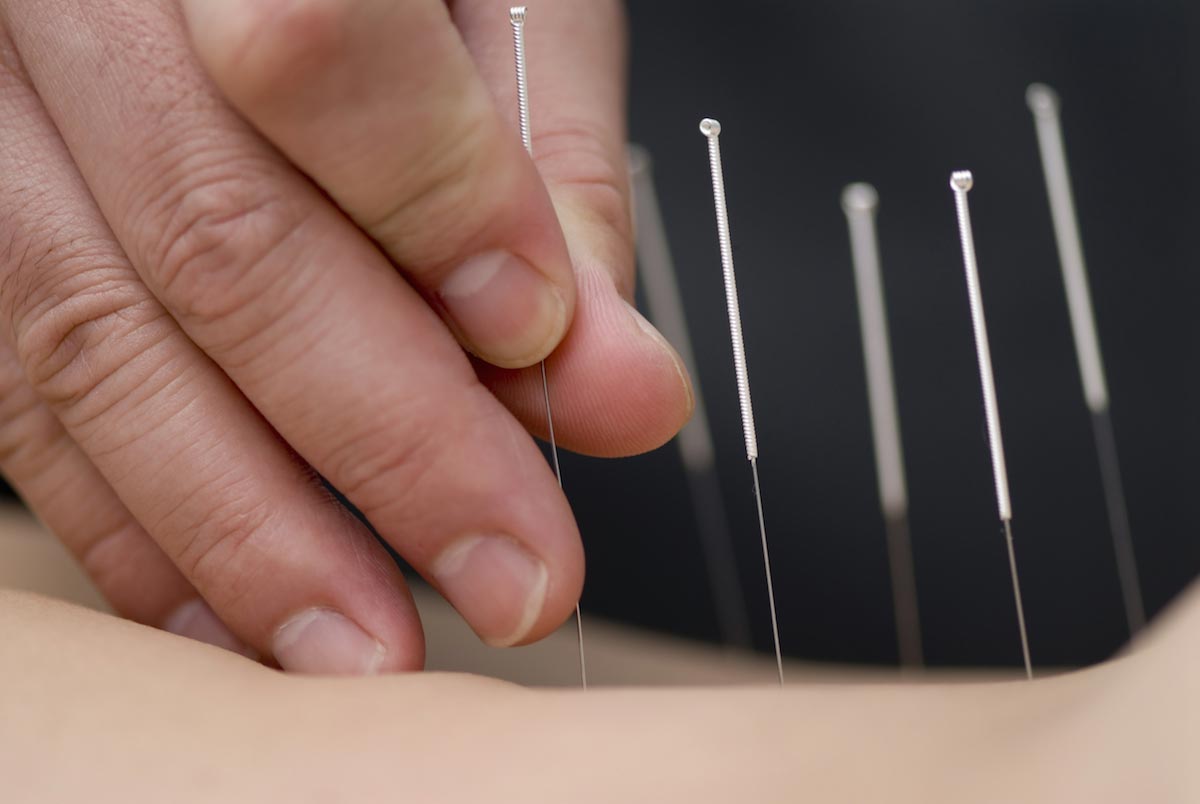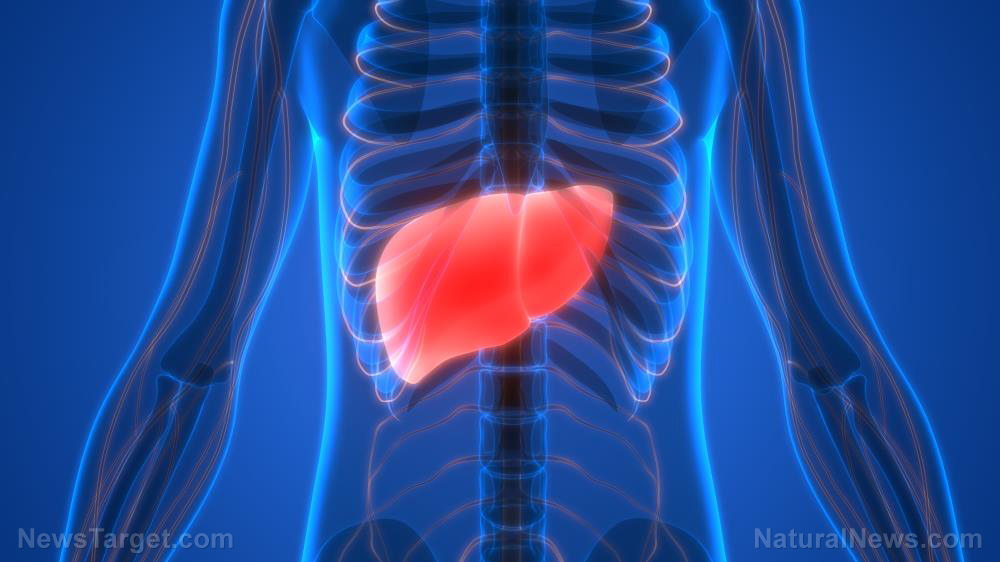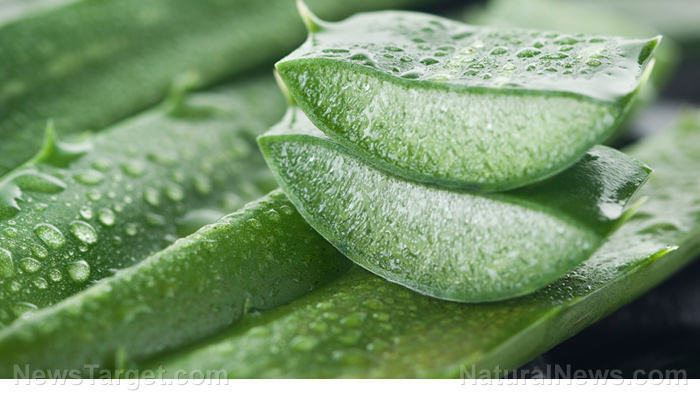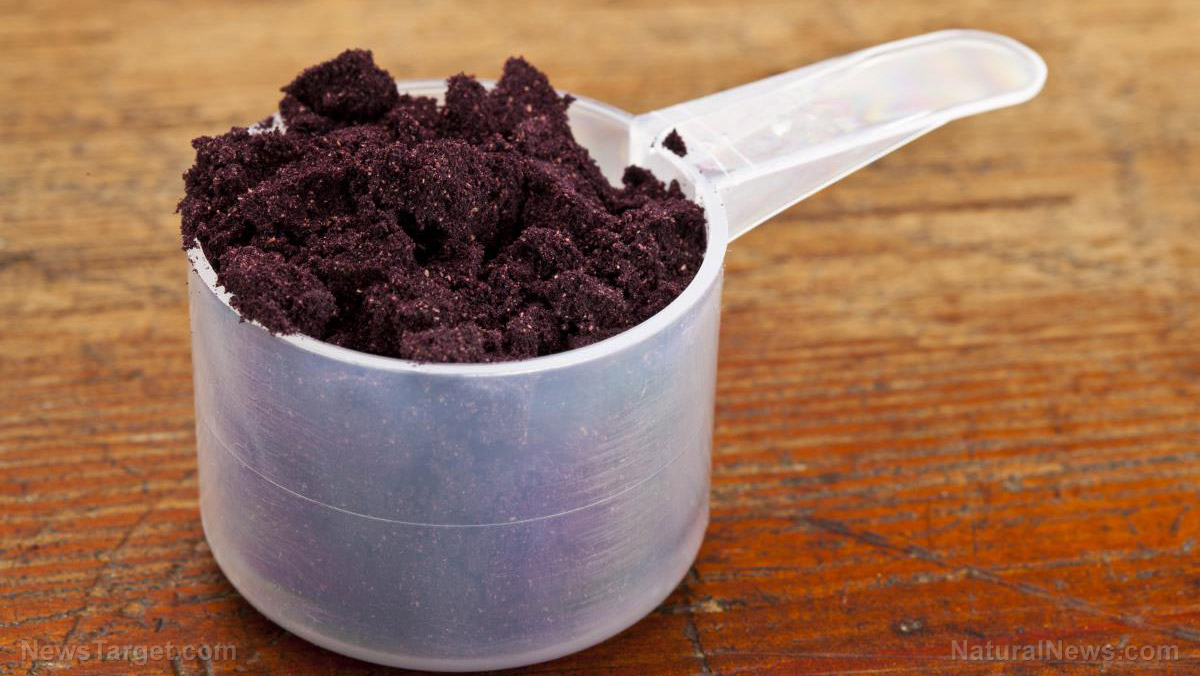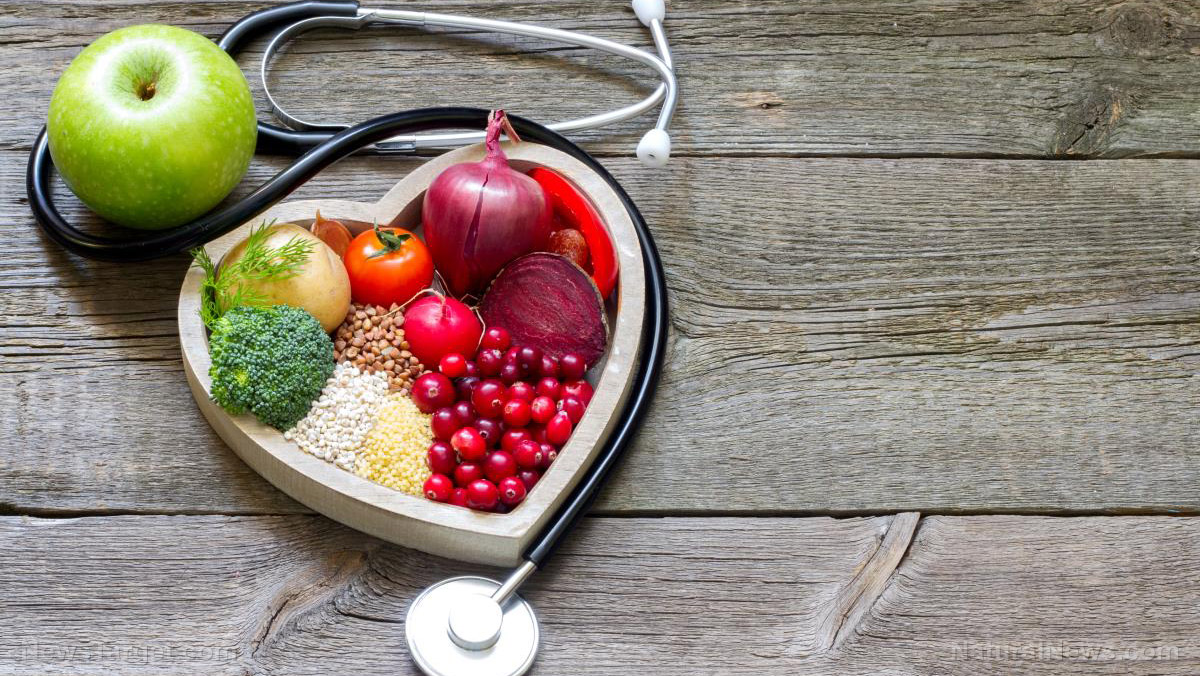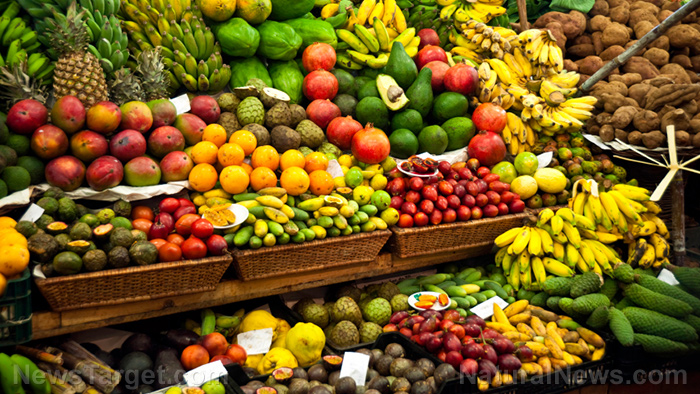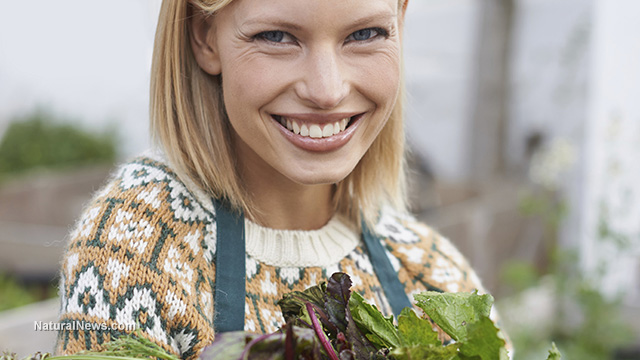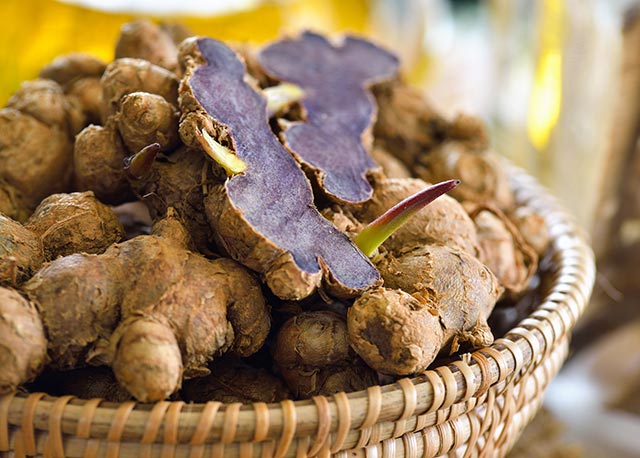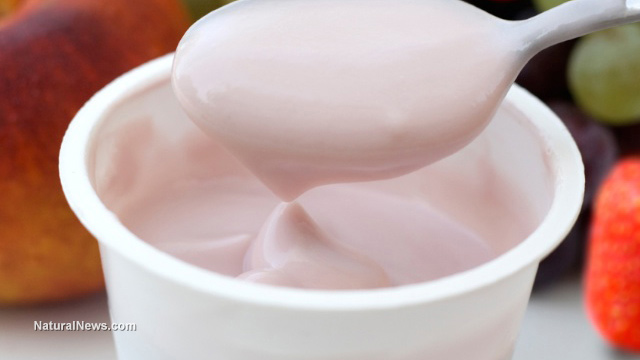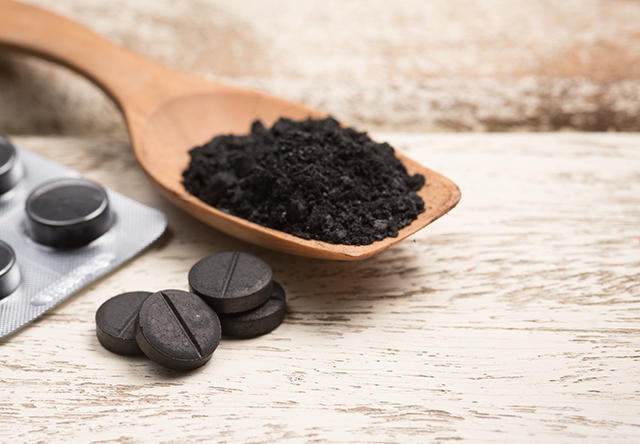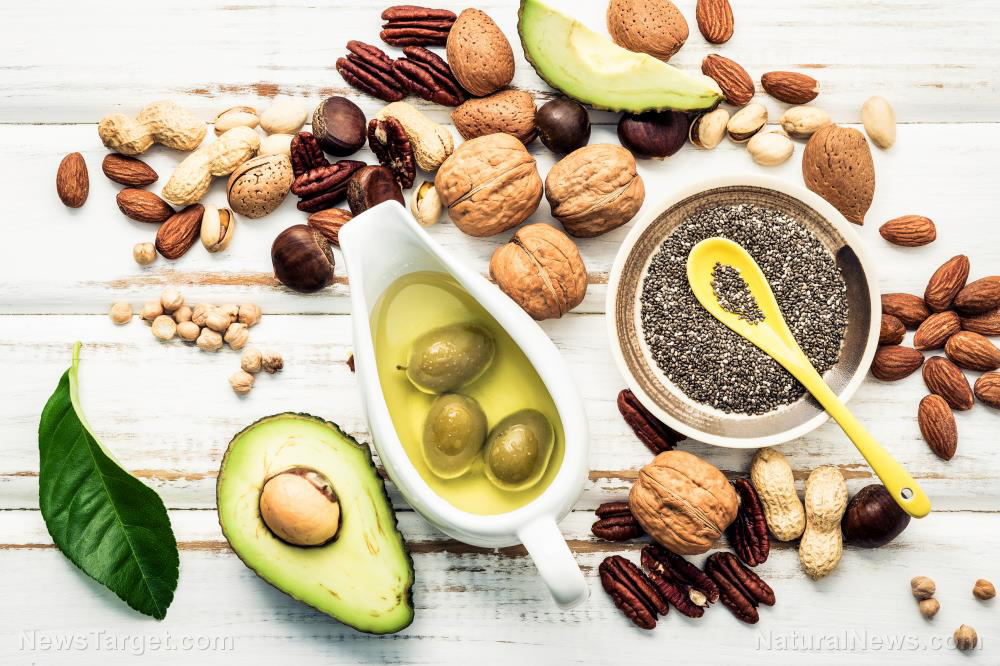Let your skin glow this winter with these 10 vitamin-E rich foods – watch at Brighteon.com
11/20/2018 / By Ralph Flores

Winter is the time to reconnect with friends and family. It’s also a great season for taking pictures, if not for the fact that it can suck the life out of your skin. To protect your skin from the harsh effects of winter, experts suggest consuming more vitamin E-rich foods this season to keep your skin soft and smooth.
In cold climates, winter months can mean dry, itchy, and angry skin for some people. This condition, which doctors call xerosis, happens when the skin isn’t retaining enough moisture. There are other factors that cause xerosis, like using harsh soaps, aging, and pre-existing medical conditions. However, nothing triggers the condition more than low environmental humidity, which occurs during — you guessed it — wintertime.
Outside air becomes drier during the winter as the humidity drops, which can lead to dry skin. Unfortunately, staying warm inside isn’t going to help either: Radiators and heaters can dry out this environment and contribute to xerosis. Once this happens, the skin’s stratum corneum, which keeps moisture in, starts drying out, exposing the natural moisture of the top layers of the skin.
“That’s when we start getting itchy, scratchable skin, making matters even worse,” explained David Lefell, chief of dermatologic surgery at Yale School of Medicine, in an article in Business Insider. (Related: Vitamin E: a skin-boosting antioxidant that plays many roles in the body.)
Build your skin’s protection this winter with vitamin E
Vitamin E is great for maintaining healthy skin, and it’s used to treat skin conditions like acne and psoriasis. Most of all, vitamin E can protect the skin from the aging effects of sun exposure.
100% organic essential oil sets now available for your home and personal care, including Rosemary, Oregano, Eucalyptus, Tea Tree, Clary Sage and more, all 100% organic and laboratory tested for safety. A multitude of uses, from stress reduction to topical first aid. See the complete listing here, and help support this news site.
Vitamin E also has antioxidant and anti-inflammatory properties. These, in particular, make it effective at preventing cell damage caused by oxidative stress, which might lead to chronic conditions. It’s also used to relieve symptoms of atopic dermatitis and fatty liver disease.
During the winter, consuming these 10 vitamin E-rich foods can help repair the skin and retain its moisture.
- Wheat germ oil – While all plant-based oils have copious amounts of vitamin E, nothing comes close to wheat germ oil. A tablespoon of wheat germ oil has around 20 mg of vitamin E. Use it for cooking if you’re looking to add wheat germ oil to your diet.
- Almonds – A 95 g serving of almonds has 24.9 mg of vitamin E – that’s 125 percent of the daily value. In addition, almonds contain fiber that helps with digestion.
- Pine nuts – Aside from having a great nutritional profile, 100 g of these nuts have 9.3 mg of vitamin E.
- Peanuts – These are a great source of fiber, and 100 g of peanuts contain 8.3 mg of vitamin E. It’s best to eat peanuts in moderation, however, as these are high in calories.
- Hazelnuts – Around 100 g of hazelnuts have 17.3 mg of vitamin E, which is over 80 percent of the daily value. These are also packed with folate and B-vitamins, which help with cell metabolism and DNA repair.
- Sunflower seeds – These are a popular and delicious snack, with 100 g containing 36.6 mg of vitamin E – and they’re known to prevent cancer and heart disease, thanks to their antioxidant content.
- Kiwi – The kiwifruit has 2.6 mg of vitamin E per 177 g, and it’s rich in vitamin C, which makes it great for boosting immunity.
- Red bell peppers – Every 100 g of red bell peppers have 1.6 mg of vitamin E. It also has lutein and zeaxanthin, which help with eye health.
- Turnip greens – Don’t let the bitter taste discourage you: Aside from having 1.6 mg of vitamin E per a 55 g serving, turnip greens are rich in vitamin C and folate.
- Mustard greens – Mustard greens are great sources of vitamin E, folate, and vitamins A, C, and K. They also have 1.1 mg of vitamin E for each 56 g serving.
Follow Health Tips on Brighteon.com to learn more about these vitamin E-rich foods.
If you’re looking for other natural ways to boost your vitamin E intake, visit NaturalCures.news.
Sources include:
Tagged Under: angry skin, antioxidants, dry skin, food as medicine, food cures, Fresh, grocery, ingredients, itchy skin, moisture, nutrients, prevention, skin care, vitamin E, winter, xerosis




